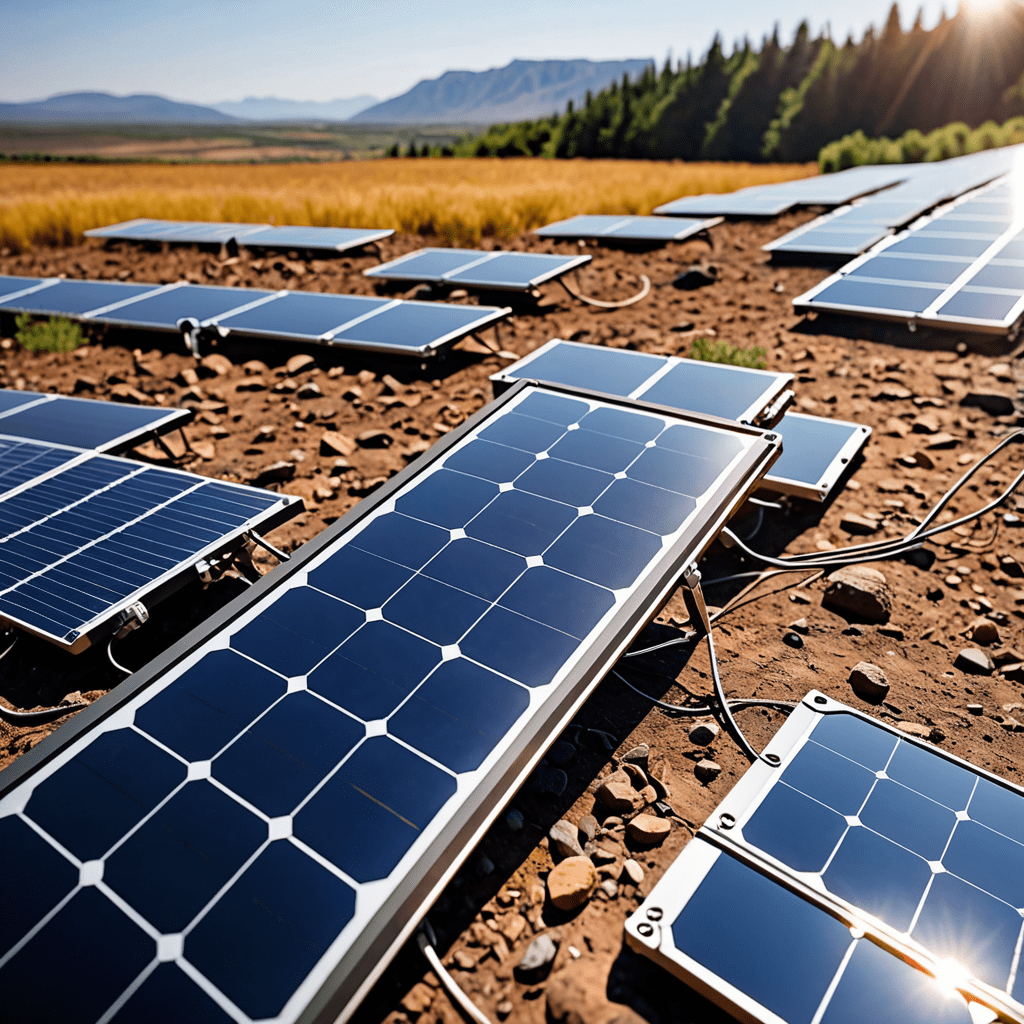The Power of Enhanced Geothermal Systems
Geothermal energy is a renewable and sustainable source of power that harnesses the natural heat of the Earth’s core. Enhanced Geothermal Systems (EGS) take this concept further by utilizing advanced technologies to unlock even more energy potential.
Understanding Enhanced Geothermal Systems
Enhanced Geothermal Systems involve creating artificial reservoirs deep underground by injecting water into hot rock formations. This water is heated by the rocks and then brought back to the surface as steam to drive turbines and generate electricity.
The Science Behind EGS
EGS work on the principle that the deeper you go into the Earth’s crust, the higher the temperature. By drilling down to these depths, EGS can access immense heat resources that can be converted into usable energy. This process involves hydraulic fracturing, where rocks are fractured to enhance permeability.
Advantages of Enhanced Geothermal Systems
EGS offer several advantages over traditional geothermal systems. They can be implemented in regions with lower natural geothermal activity, expanding the areas where geothermal energy can be harnessed. Additionally, EGS have the potential for higher power output and longer project life spans compared to conventional geothermal projects.
Challenges and Considerations
While EGS hold promise for clean energy production, there are challenges to overcome. Cost-effective drilling techniques, managing induced seismicity, and ensuring optimal water usage are some of the considerations that researchers and engineers are addressing to make EGS more viable on a larger scale.
Applications of Enhanced Geothermal Systems
Besides electricity generation, EGS can also be used for direct heating applications in residential, commercial, and industrial settings. The versatility of EGS makes it a valuable contender in the renewable energy landscape, offering reliable and consistent power generation.
The Future of Geothermal Energy
As technology advances and more research is conducted, Enhanced Geothermal Systems are poised to play a significant role in the transition to a cleaner and more sustainable energy future. With continuous innovation and investment, EGS could become a cornerstone of the global energy portfolio, reducing carbon emissions and reliance on fossil fuels.
FAQs About Enhanced Geothermal Systems
What are Enhanced Geothermal Systems (EGS)?
EGS are geothermal energy systems designed to extract heat from deep underground where conventional geothermal resources are limited. By creating or enhancing fractures in hot rock formations, these systems allow for the extraction of geothermal energy.
How do Enhanced Geothermal Systems work?
EGS involve drilling wells into hot rock layers deep below the Earth’s surface. Water is then injected into these wells at high pressure, creating fractures in the rock. The water circulates through these fractures, absorbing heat. It is then pumped back to the surface to generate electricity using a heat exchanger.
What are the benefits of Enhanced Geothermal Systems?
EGS have the potential to significantly expand geothermal energy production globally. They can tap into heat sources that are not accessible with traditional geothermal systems, making geothermal energy more widely available. EGS also have lower environmental impacts compared to fossil fuel-based energy sources.
Are there any challenges associated with Enhanced Geothermal Systems?
One of the main challenges of EGS is the risk of induced seismicity, which refers to the occurrence of small earthquakes triggered by the creation of fractures in the rock. Adequate monitoring and mitigation measures are essential to address this issue and ensure the safe operation of EGS projects.


